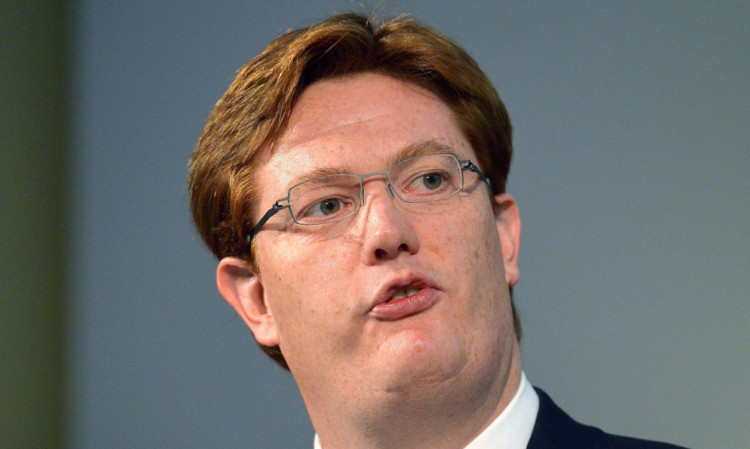
The Treasury will reveal next month what it claims to be “the price of independence” to Scottish families.
The major new analysis is intended to put a total figure on what the No camp argues is the economic cost that voters will pay for a Yes vote.
The haul of “black holes” will include the cost of the Yes vote policy pledges made by the current SNP administration, such as improved childcare, and hikes in taxes which the coalition claim will be needed to balance the books.
It is also understood the paper will include long-term projections on when Scotland’s oil and gas supplies are likely to become too expensive to extract.
The Yes camp has long criticised the UK Government for “talking down” Scotland’s economic strength in a bid to scare voters.
But Chief Secretary to the Treasury Danny Alexander said: “In April I’ll be launching a Scotland analysis paper which will be looking in much more detail at the fiscal position of an independent Scotland.
“It will study the various black holes that are circulating around the SNP’s arithmetic.
“I think that having settled the position on the currency, it is also really important that we establish in people’s minds what the reality is of the fiscal position, the tax and spending position.
“The challenges I’ve faced over the last three-and -a-half years pale into insignificance in terms of, not just the short-term pressures of our deficit, but the long-term pressures of declining oil revenues and other demographic pressures building up. The gap just gets wider over time.”
Last year, the think-tank IFS produced figures showing a 1.9% gap between Scots’ taxes and spending under independence which the Treasury claimed would have to mean public spending cuts or tax hikes of £1,000 for those on the basic rate of tax.
But the Cabinet Secretary for Finance John Swinney, said: “Danny Alexander has no credibility to speak of on Scotland’s finances given that, on tuition fees, VAT, the 50p tax rate or mortgages, he has a track record of making claims and pledges which don’t stand up to scrutiny.
“In each of the last 30 years, Scotland has generated more tax receipts per person as a whole and our long-term finances are in a stronger position than the UK with a relative surplus.”
Meanwhile, the Scotswoman at the helm of London’s financial district has claimed the country’s economy could be on hold for five years until the fallout from a Yes vote was resolved.
Fiona Woolf, who as Lord Mayor of London is tasked with promoting the UK’s financial sector, said the near 180,000 jobs in Scotland’s financial and professional sectors are facing uncertainty as a result of the referendum.

Enjoy the convenience of having The Sunday Post delivered as a digital ePaper straight to your smartphone, tablet or computer.
Subscribe for only £5.49 a month and enjoy all the benefits of the printed paper as a digital replica.
Subscribe